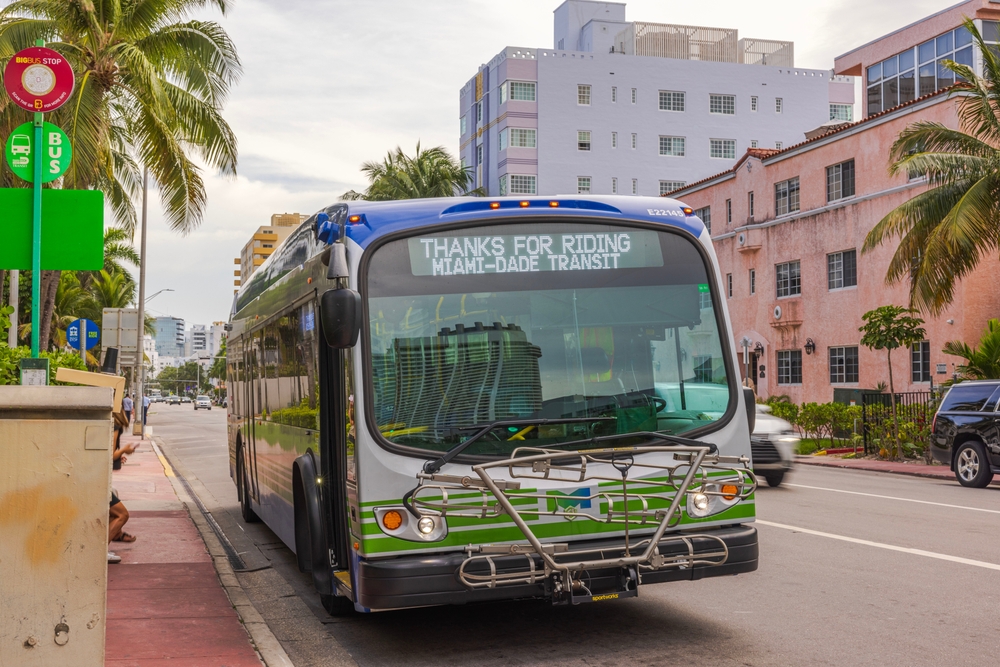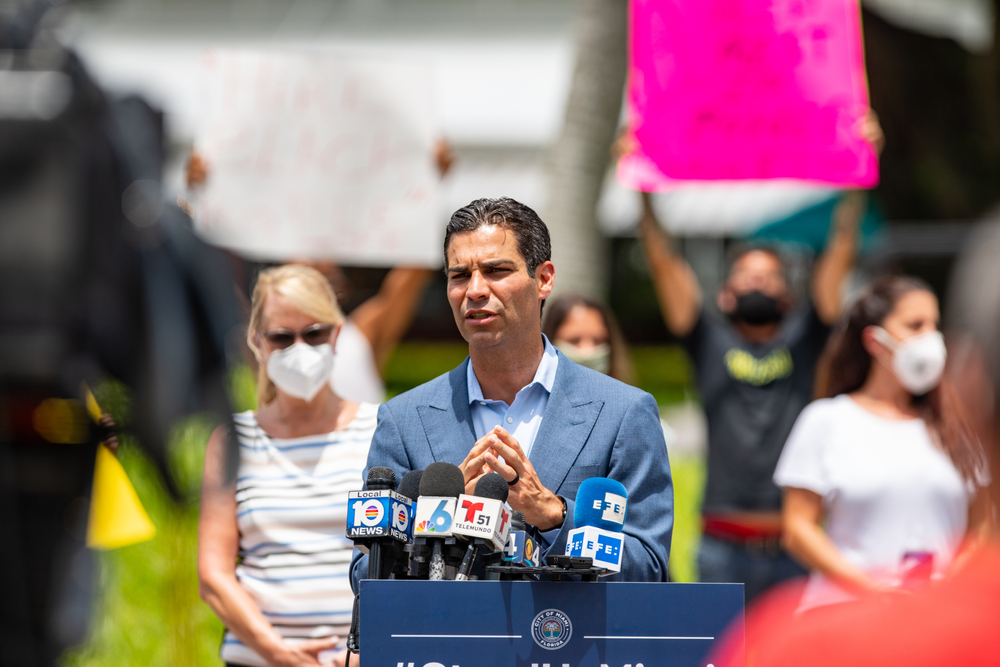The roads of tomorrow must serve the needs of everyone—not just drivers.
– Wilson Alvarez
Miami-Dade County is one of the fastest-growing urban regions in the U.S.—but with growth comes growing pains. Transportation is one of the biggest pressure points in our daily lives, and January 2025 offers a moment to take inventory of where we are, what we’ve accomplished, and what must come next.
This editorial review is grounded in publicly available data and observations from Miami-Dade County, combined with my professional commentary as a licensed Professional Engineer (P.E.). The goal is not only to inform but to offer actionable insights.
Traffic Congestion on Major Arteries
The Problem:
I-95, the Palmetto Expressway, and US-1 remain chronically congested during peak hours. Delays are frustrating, costly, and environmentally unsustainable.
The Process:
The County has expanded express lanes, improved signal synchronization, and invested in real-time traffic monitoring tools. However, demand continues to outpace supply.
The Solution:
A more aggressive expansion of Bus Rapid Transit (BRT) with dedicated lanes along these corridors will move more people without expanding roadways. Also, increase telecommuting incentives and implement staggered work shifts for large employers.
The End in Mind:
Fewer single-occupant vehicles. Faster commutes. Better air quality. We must move people, not just cars.
Public Transit Ridership Recovery Post-COVID
The Problem:
Metrorail and Metrobus ridership still haven’t rebounded to pre-2020 levels, largely due to lingering safety concerns and inconsistent service frequency.
The Process:
The County has made moderate improvements—more frequent service during peak times and improved vehicle sanitation. But reliability and convenience still lag.
The Solution:
Focus on reliability through real-time tracking and better app integration. Use data to predict peak loads and shift resources dynamically. Introduce free transfers and fare incentives to build loyalty.
The End in Mind:
Make public transit the first choice, not the fallback. Build trust through convenience and consistency.
The SMART Plan and Corridor Expansion
The Problem:
The Strategic Miami Area Rapid Transit (SMART) Plan is ambitious but slow-moving. The North Corridor and East-West Corridor are still in planning stages despite years of discussion.
The Process:
The County continues environmental reviews and funding applications. There is positive momentum, but it’s slow.
The Solution:
Leverage federal infrastructure grants more aggressively. Break projects into executable phases with clear timelines and public dashboards for accountability.
The End in Mind:
Connect underserved communities like Liberty City and Westchester to the urban core. Transit equity is economic equity.
Sea-Level Rise and Roadway Resilience
The Problem:
Many coastal and low-lying roads, including parts of Brickell and Miami Beach, experience flooding during king tides—worsening with each passing year.
The Process:
Miami-Dade has installed pumps and elevated some roads. However, these are reactive fixes.
The Solution:
Adopt a countywide climate-resilient roadway policy. Design all new roads with future flood maps in mind. Integrate green infrastructure like permeable surfaces and bioswales.
The End in Mind:
Keep the region moving—even when the water rises.
Transition to Clean Energy Fleets
The Problem:
Less than 10% of the County’s bus fleet runs on electric or hybrid technology. Fuel costs and emissions remain high.
The Process:
There is a phased transition underway, but the pace is modest, limited by procurement timelines and budget constraints.
The Solution:
Accelerate partnerships with private clean tech companies. Consider converting existing buses rather than full replacements to reduce cost and time.
The End in Mind:
A 100% clean-energy fleet by 2035. Cleaner air. Lower costs. National leadership.
“Plans are only good intentions unless they immediately degenerate into hard work.” – Peter Drucker
That quote perfectly captures Miami-Dade’s challenge. We have strong plans—but now we must execute relentlessly and transparently.
Miami-Dade’s transportation future hinges on speed, equity, and resilience. With the right vision—and the political will to act—we can build a smarter, more inclusive transit system.
Let’s prioritize people, not just pavement. If you’re a resident, planner, policymaker, or just a concerned citizen—now is the time to be part of the solution. Let’s connect.




